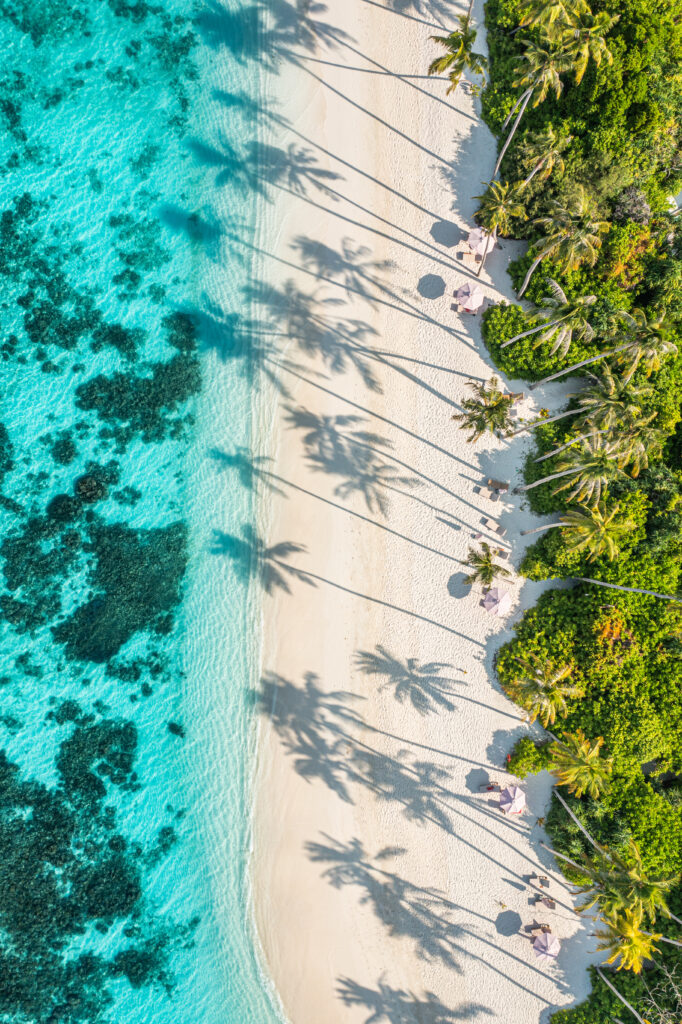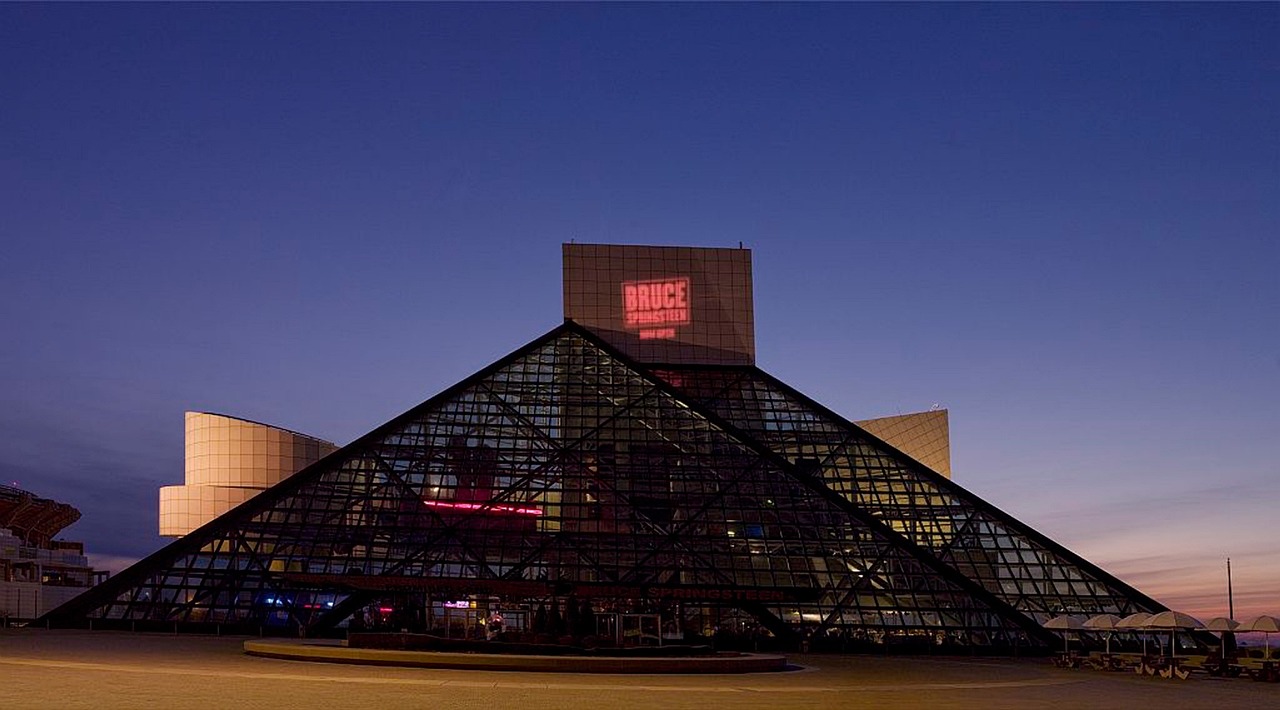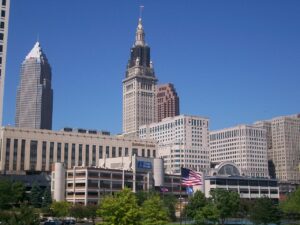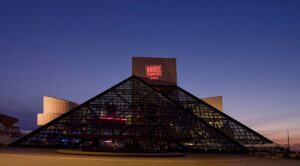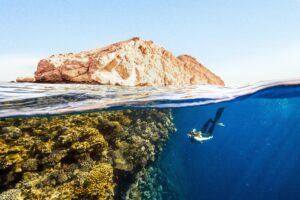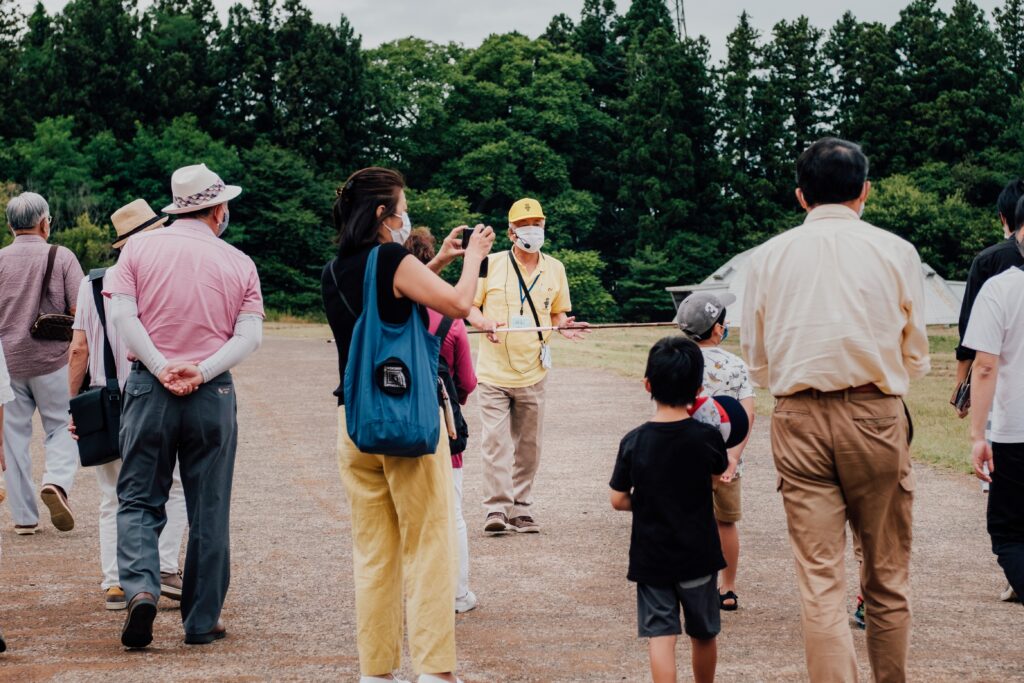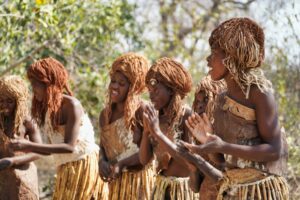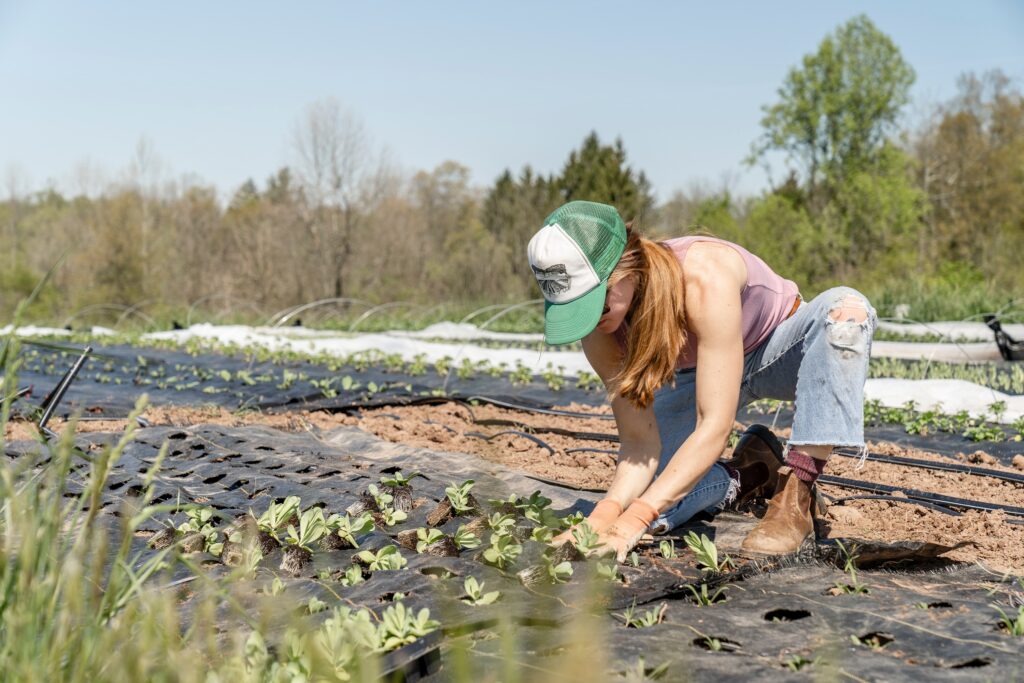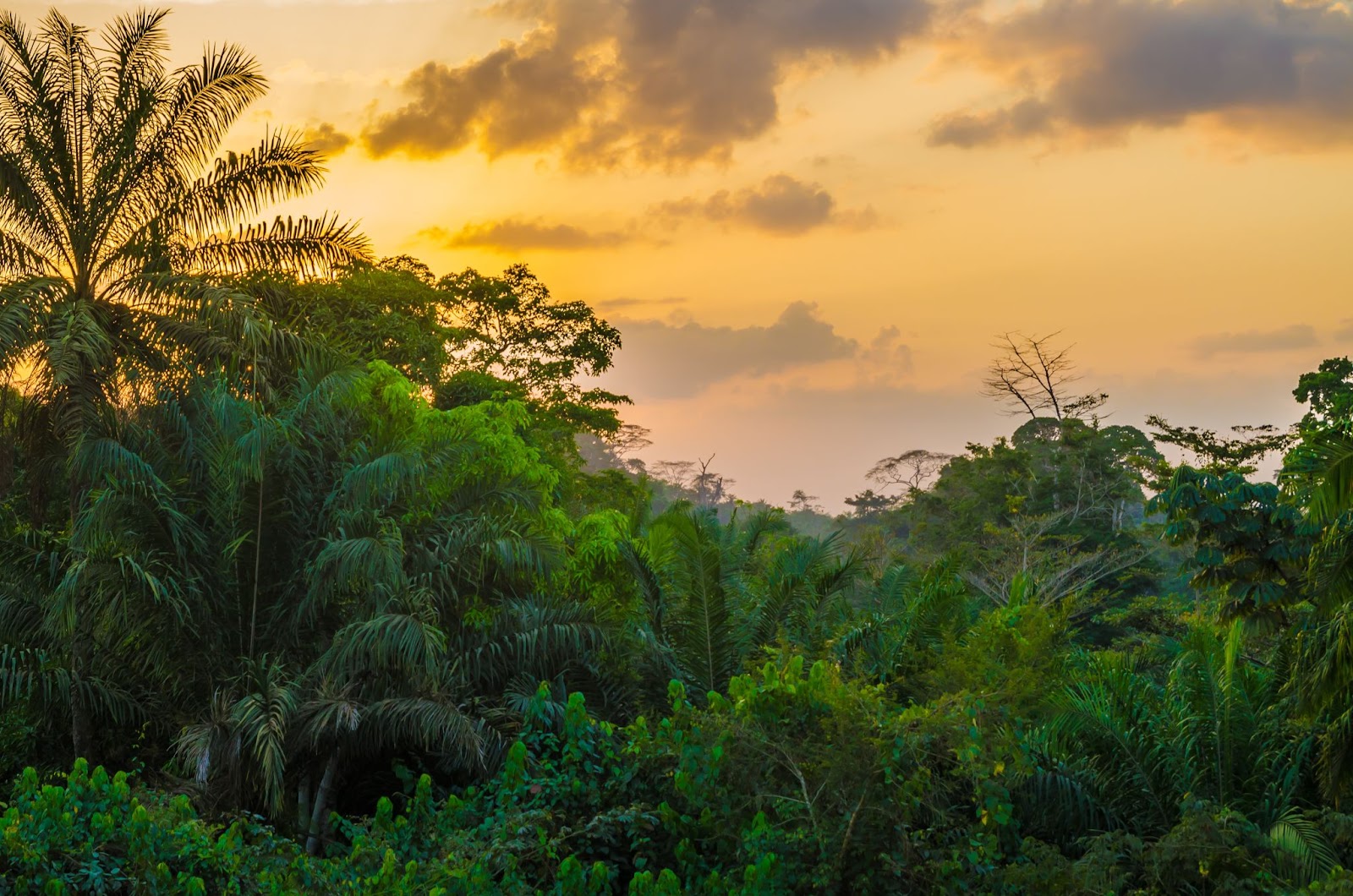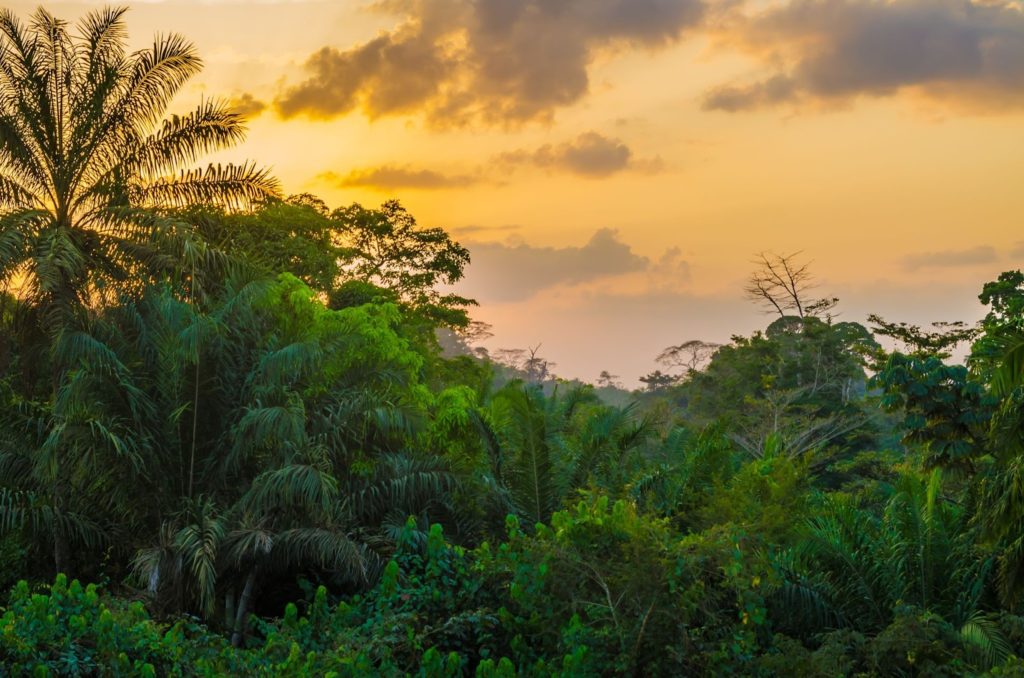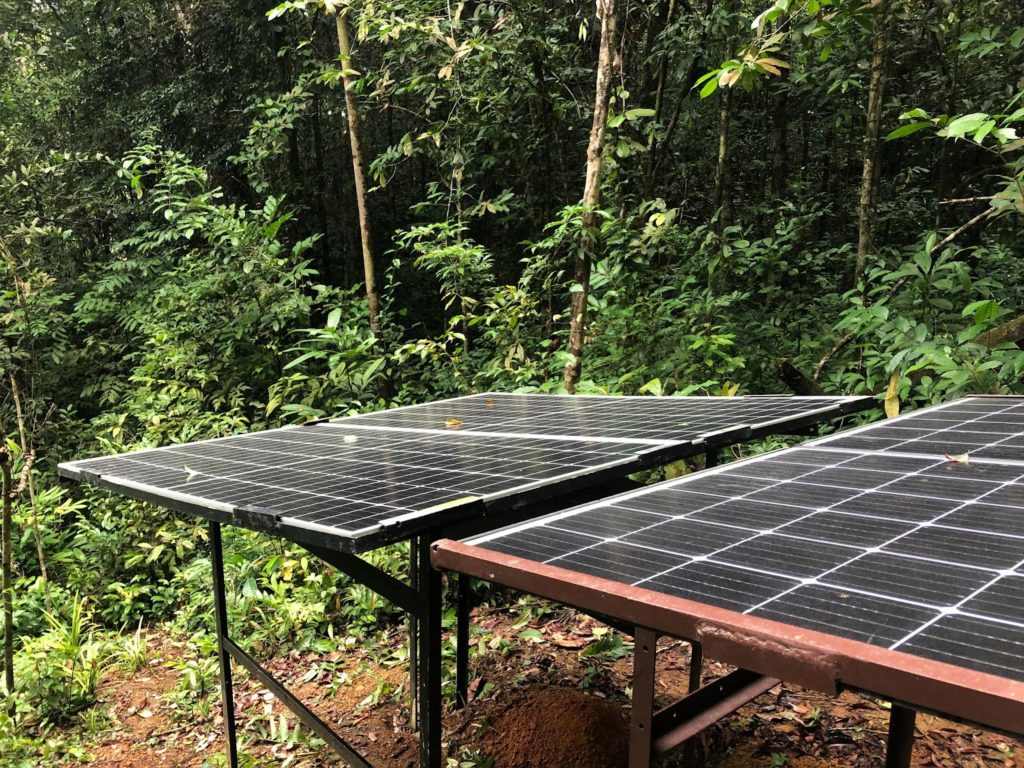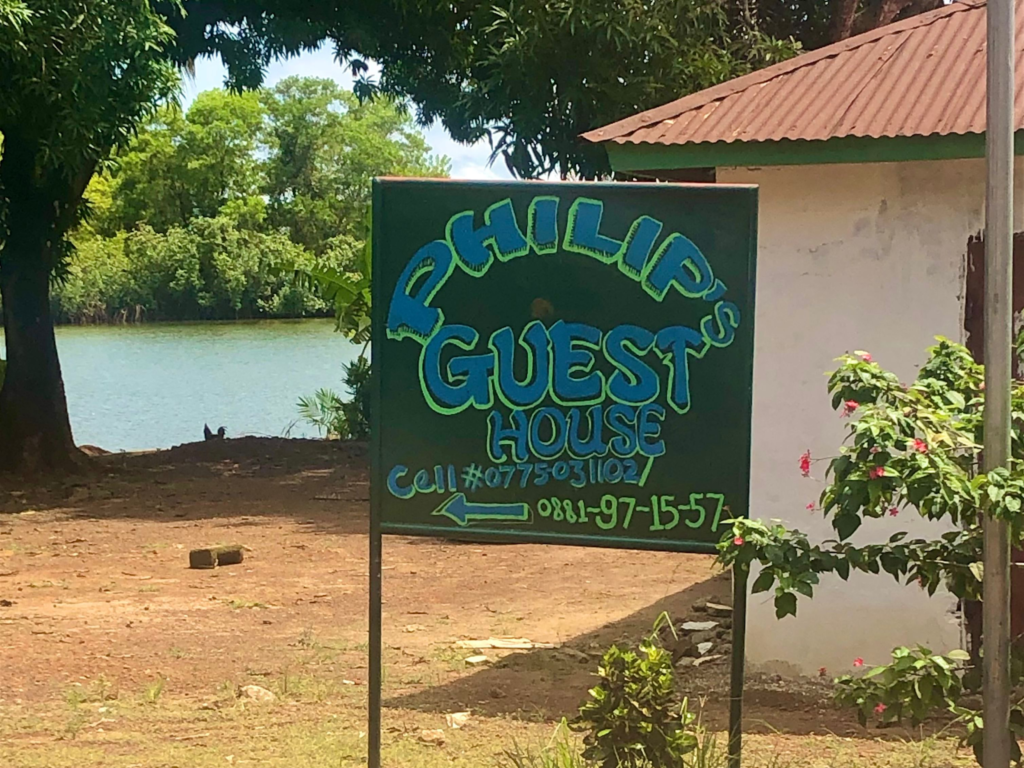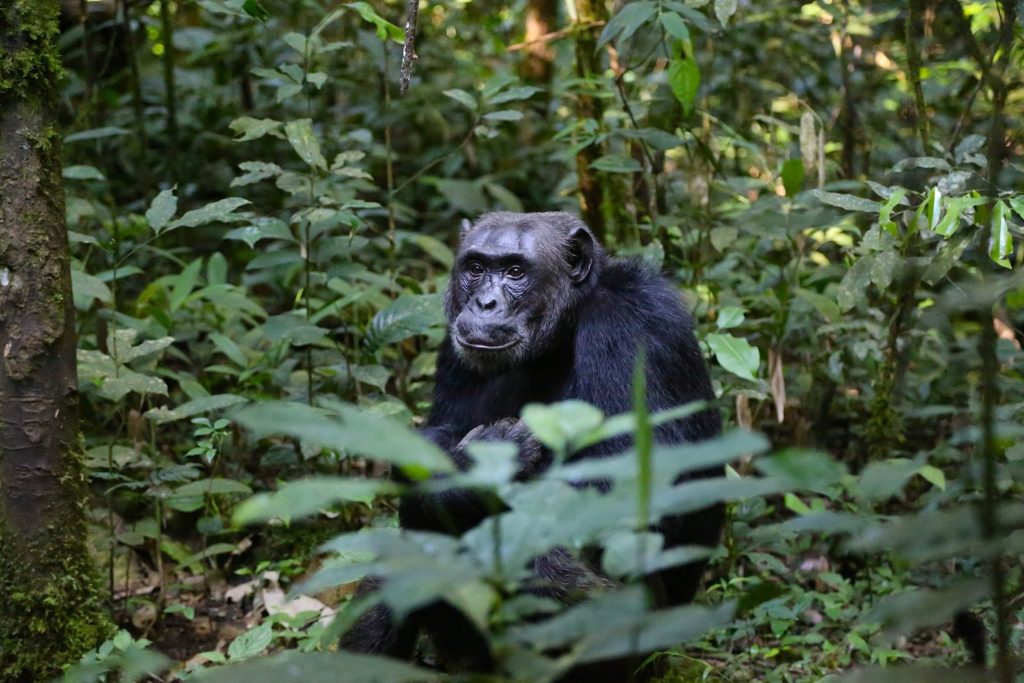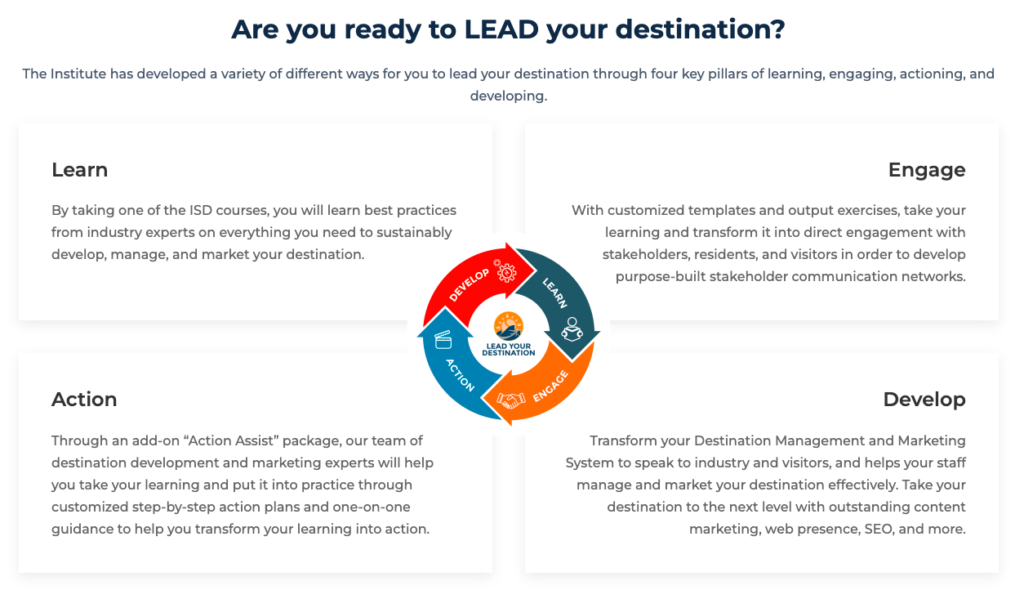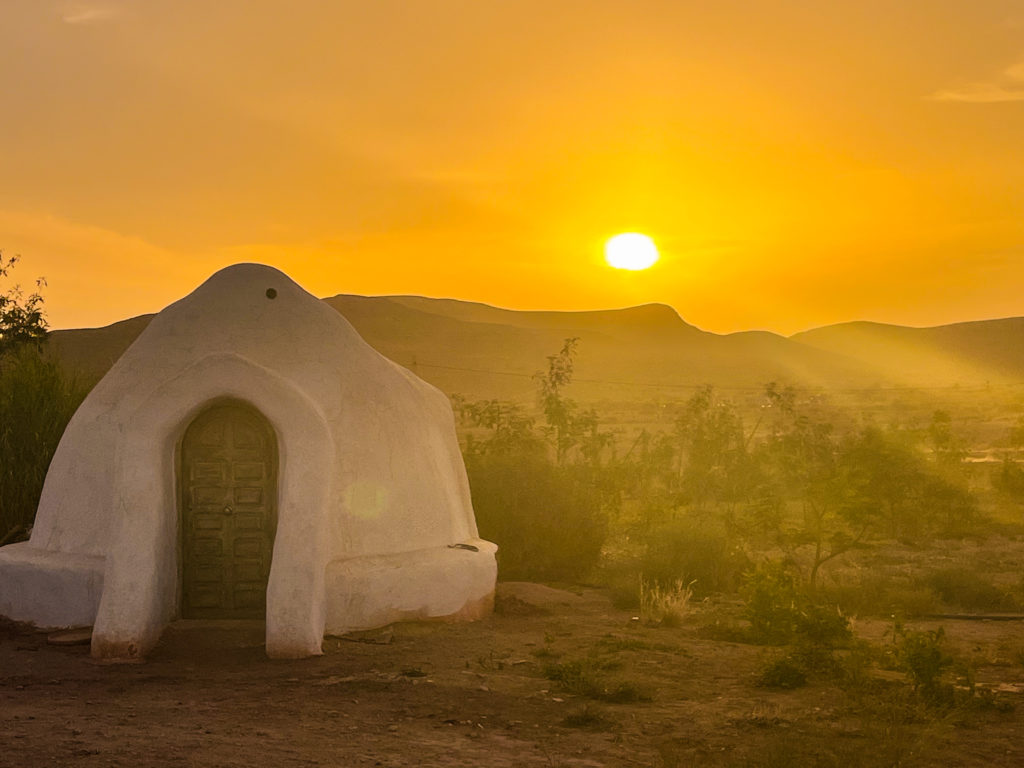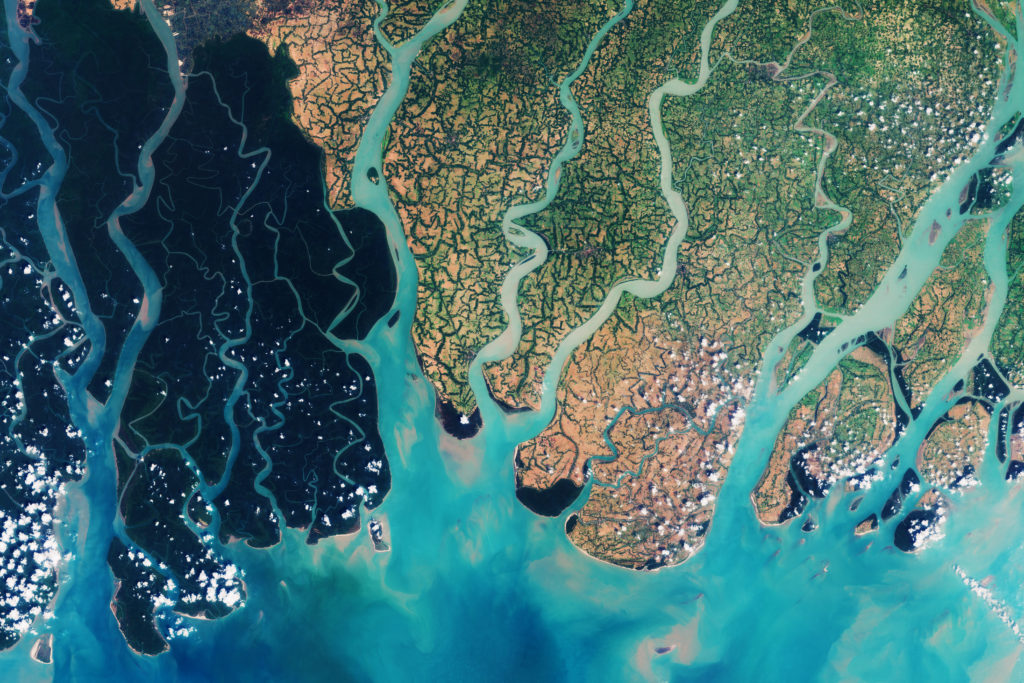Transforming Tourism Management: The Stewardship Role of Destination Management Organizations
The role of destination management organizations (DMOs) in the tourism industry goes well beyond traditional destination marketing and tourism experience management. New studies indicate a shift in managing destinations. Instead of focusing solely on revenue, there is now a greater emphasis on implementing sustainable tourism practices in destinations.
This approach, often referred to as destination stewardship, emphasizes the importance of maintaining the cultural, environmental, and economic integrity of tourist destinations. It requires a collaborative effort involving multiple stakeholders, including the public-private sector and civil society. Full collaboration among these sectors is essential for destination management organizations to successfully implement sustainable tourism practices. Effective collaboration means listening to everyone’s opinions and making decisions based on democratic governance values like transparency, accountability, participation, and equity.
Following these principles can make DMOs’ destinations more sustainable. They can also improve residents’ lives by boosting the economy, promoting community involvement, and protecting cultural heritage. An effective DMO backed by a community can be a powerful force for good.

The Destination Management Organization Model: A Microcosm of Democratic Governance
Democratic systems cultivate stability and economic prosperity within their jurisdictions. The governance structure of destination management organizations serves as a microcosm of democratic entities by incorporating fundamental democratic values into their governing framework. Like larger democratic institutions, DMOs can have a strong foundation of governance that determines their operational framework. Here are key democratic aspects present in both governing democracies and DMOs:
- Popular Sovereignty: DMOs can sustain themselves through regular elections and the consent of their members. DMO stakeholders determine the cross-sector individuals who will fill their leadership roles and board of directors.
- Governing Documents: DMO stakeholders across all sectors contribute to creating essential documents such as Articles of Incorporation, By-Laws, and Board policies. These documents establish a clear organizational structure, promote transparency through defined procedures, and ensure accountability with regular audits and evaluations.
- Accountability and Transparency: DMOs make their governing documents and regular reports on key performance indicators, financial performance, and sustainable tourism strategies publicly available. This ensures that their effectiveness and operations are transparent to stakeholders and the community, typically through their website.
- Pluralism and Collaboration: DMOs foster public-private dialogue by serving as platforms where the public and private sectors can engage in effective communication and collaboratively make decisions on policy development, sustainability initiatives, and community building. This collaboration is crucial for maintaining sustainable travel destinations and emphasizes the democratic principles of diversity and inclusivity.
- Equity and Reciprocity: DMOs strive to ensure that the economic benefits of tourism are distributed equitably and reinvested into the community. They achieve this by investing in capacity building, creating job opportunities, and supporting cultural and environmental conservation efforts. This approach enhances local development, highlighting the widespread impact of the tourism industry on every individual living within the destination.
Who Exactly Are the Stakeholders in Destination Management Organizations?
The term “stakeholders” can sometimes feel all-encompassing or even ambiguous. However, in the context of DMO governance, it is crucial to clearly define and involve key groups. Effective tourism management requires collaboration among a diverse range of stakeholders, ensuring that a wide array of interests and perspectives are represented in decision-making processes. In DMO governance, it is essential to have a balanced representation from the public sector, private sector, local residents, and non-governmental organizations.

- Public Sector: Political decision-makers at municipal, regional, and national levels who set policies and regulations for a myriad of industries, including tourism and hospitality.
- Private Sector: The tourism and hospitality industry directly impacts commercial tourism industry stakeholders, such as businesses and service providers.
- Local Community: Local residents and citizens, who are essential in providing authentic cultural experiences and ensuring that tourism benefits are equitably distributed.
- Non-Governmental Organizations (NGOs) and Special Interest Groups: These organizations often focus on specific issues, such as environmental conservation, cultural heritage preservation, or social equity.
Studies focusing on community-led tourism highlight the importance of including all stakeholders in decision-making. This approach ensures that tourism’s benefits are shared fairly across economic, social, cultural, and environmental dimensions. When local communities are actively involved, it grants local residents more agency. This has the potential to improve their quality of life and preserve cultural heritage. There is a greater consensus on sustainable destination management strategies.
Examples of Democracy and Governance in Destination Management Organizations
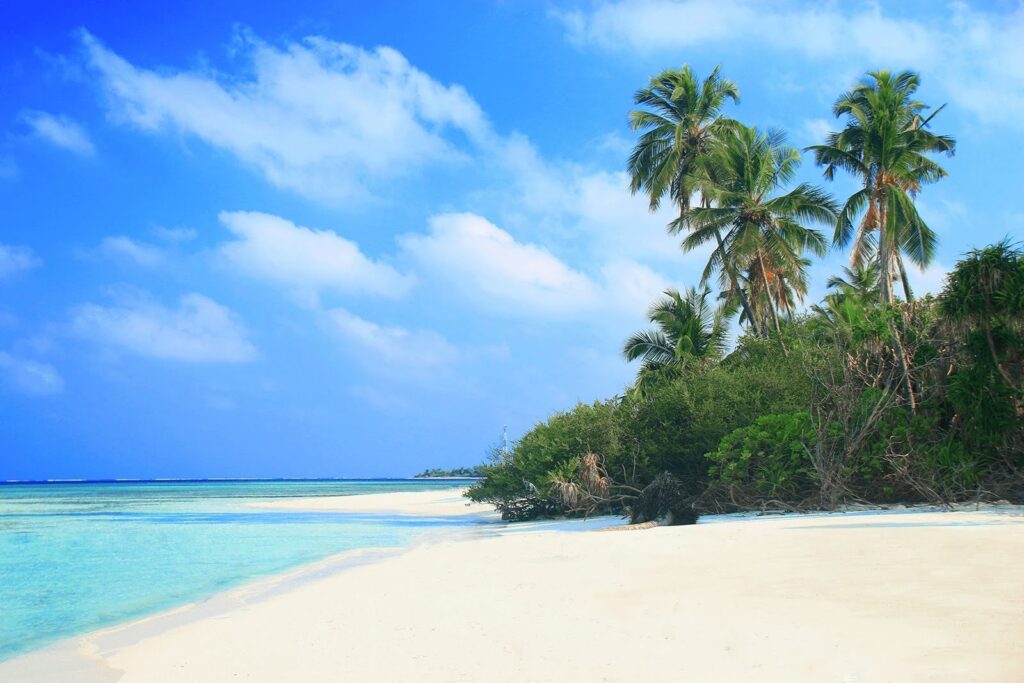
Horsburgh Atoll Tourism Alliance (HATA): Maldives
The Horsburgh Atoll Tourism Alliance (HATA) is the first community-led destination management organization in the Maldives. It represents stakeholders from the small islands of Goidhoo, Fulhadhoo, and Fehendhoo. With 89 members, HATA has grown significantly from its humble beginnings.
The Origin of Horsburgh Atoll Tourism Alliance
During the COVID-19 pandemic, while the Maldivian government allowed foreign-owned resorts to accept tourists, it indefinitely delayed the reopening of local guesthouses. In response, tourism entrepreneurs in Horsburgh Atoll organized to advocate for their community’s interests, successfully lobbying for their right to reopen.
Building on this victory, the founding members of HATA set their sights on developing a tourism model that prioritizes community resilience and promotes environmental stewardship. They began collaborating on managing and marketing the destination, establishing HATA as the first community-led Destination Management Organization in the Maldives. In January 2023, Solimar International through the USAID Climate Adaptation Project, and began supporting this initiative, aiming to strengthen destination resilience in the face of climate adaptation challenges.
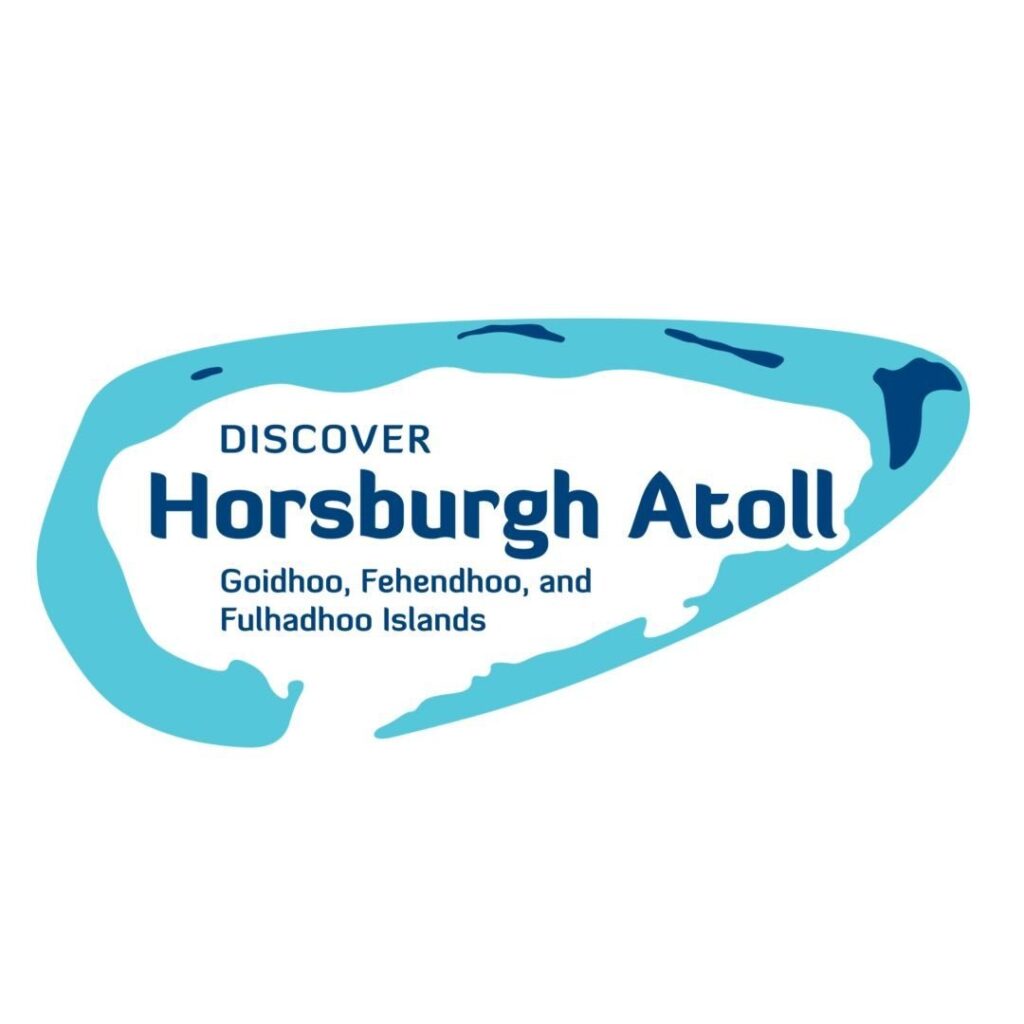 Democratic Governance and Sustainable Tourism Initiatives
Democratic Governance and Sustainable Tourism Initiatives
HATA recently completed its elections and established its governing documents, establishing itself as a democratic entity. Now, it is preparing for its formal launch in September 2024. Island Council members and the Women’s Development Committee (WDC) members represent the public sector, while the private sector includes business owners such as accommodation providers, restaurant owners, and tour operators. Community members form the majority of HATA’s membership.
Collaborating with international development organizations, HATA has developed a Sustainable Tourism Destination Management Plan. This plan is available to the public and outlines strategies to ensure that tourism in the atoll contributes positively to both the conservation of natural resources and the well-being of its inhabitants. Key initiatives include:
Environmental Conservation
- Restoring mangroves and seagrass beds.
- Setting guidelines to prevent harmful activities like fish feeding and improper anchoring.
- Conduct regular restoration efforts like beach clean-ups and planting native vegetation
Community Building
- Training for tour guides, park rangers, activity providers, and artisans.
- Promote local products and services to boost community revenues.
- Hold community engagement sessions to gather feedback on tourism initiatives.
Cultural Conservation
- Create museum spaces to showcase local heritage.
- Organize bi-annual cultural events to celebrate tradition.
- Support the establishment of cultural areas that preserve the Atoll’s heritage.
The Horsburgh Atoll Tourism Alliance (HATA) is a pioneering, community-led organization in the Maldives that exemplifies the strength of democratic governance in tourism management. As they prepare for their formal launch in September 2024, HATA is planning a comprehensive full-day event spanning the islands of Goidhoo, Fulhadhoo, and Fehendhoo. This event aims to raise awareness and inspire both tourists and residents by showcasing how democratic governance and inclusive decision-making can lead to equitable and positive outcomes for the entire community.
2. Ataúro Island Tourism Association (ATKOMA): Timor-Leste

Like HATA, the Asosiasaun Turismu Koleku Mahanak Ataúro (ATKOMA) is a community-led destination management organization representing stakeholders from Ataúro Island in Timor-Leste. Formed through support from various partners, including local NGOs and Solimar International through the USAID Tourism for All Project, ATKOMA aims to promote sustainable tourism to enhance the local economy and preserve the island’s natural and cultural heritage.
Origins of Asosiasaun Turismu Koleku Mahanak Ataúro
In 2016, ATKOMA revitalized the existing tourism association on Ataúro Island, Grupo Turizmu Ataúro (GTA). Stakeholders aimed to ensure that the destination management organization’s governance was inclusive and that the local community experienced the economic benefits of tourism. In 2019, ATKOMA partnered with USAID and Solimar International to develop the Sustainable Management Plan for Ataúro Island.
While the local government established several strategies to address areas such as tourism, infrastructure, and economic development, the SMP unified these efforts under a single framework. This framework prioritized environmental conservation, sustainable livelihoods, and cultural preservation to promote sustainable destination development that benefited the entire community.
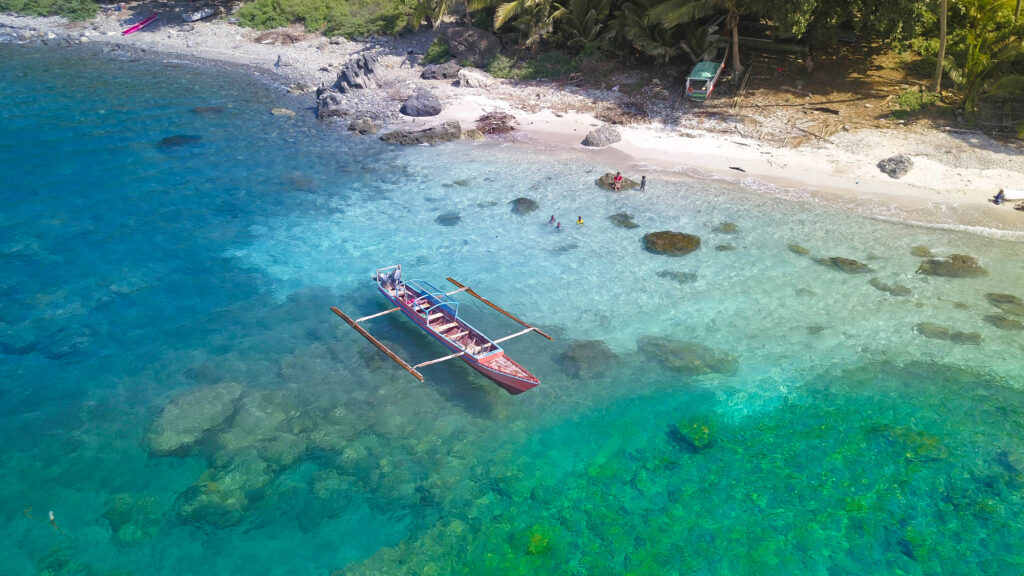
Democratic Governance of Asosiasaun Turismu Koleku Mahanak Ataúro
Following an in-depth situation analysis, conversations with the public, private, and local communities of Ataúro Island yielded a unified vision: “Ataúro’s biodiversity and natural environment are protected, essential ecosystems are secured for people and nature, and livelihoods are sustainable and support the preservation of social and cultural heritage.”
Stakeholders in ATKOMA consist of community members and enterprises who collaborate with local island councils and other government entities at the municipal and national levels. Since the conception of Ataúro Island’s public-private sector DMO, ATKOMA, the island’s tourism industry has been revitalized. Through democratic governance and public-private sector collaboration, ATKOMA accomplished the following:
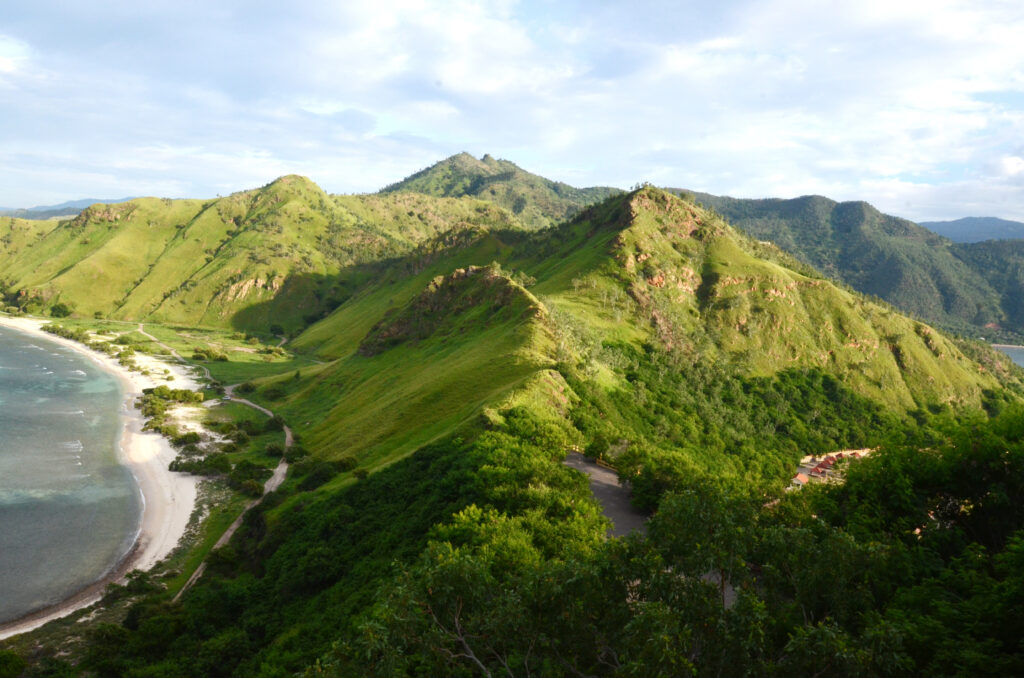
- Collaborated with scientific research organizations and government entities to designate 13 Marine Protected Areas by revitalizing the cultural practice of tara bandu. Activities in these protected areas are regulated by both the local government and a community co-management committee.
- After several meetings with the national government, ATKOMA represented the whole community and successfully prevented a casino from being built on the island. The casino would have harmed the integrity of Ataúro Island, known for its small eco accommodations and rich biodiversity.
- Partnered with MAF Timor-Leste to launch the first air shuttle service to Ataúro Island, increasing economic revenue for tourism businesses and tourism-adjacent businesses.
- Recognized by Green Destinations as one of the Top 100 Stories competition, an annual competition that celebrates and promotes sustainable tourism initiatives from destinations globally.
Future of Tourism in Asosiasaun Turismu Koleku Mahanak Ataúro
The Ataúro Island Tourism Association (ATKOMA) exemplifies the transformative power of democratic governance in destination management organizations. Their next goal is to transition from a Whale Heritage Area candidate to a designated site. Assisted by the World Cetacean Alliance, Ataúro Island is establishing practices that meet the sustainability-focused criteria for this designation.
3. Greater Sundarbans Ecotourism Society (GSETS): Bangladesh
The Greater Sundarbans Ecotourism Society (GSETS) is Bangladesh’s first destination management organization. With the assistance of Solimar International through the USAID Ecotourism Activity, diverse stakeholders formed GSETS to promote sustainable tourism in the world’s single largest mangrove forest, a UNESCO World Heritage Site, and a Ramsar Site. GSETS’ vision is to raise awareness and harness Bangladesh’s natural, cultural, and historical assets to develop an inclusive tourism sector that engages local communities and maximizes conservation benefits.
The Origin of Greater Sundarbans Ecotourism Society
The region around the Sundarbans Reserved Forest is home to millions of Bangladeshis who rely on mangrove resources for their livelihoods. However, poaching, trafficking, deforestation, human-wildlife conflict, oil spills, and unsustainable resource extraction threaten its biodiversity. Climate change and unregulated tourism further endanger the Sundarbans. When locals do not see tourism improving their lives, they feel less ownership. GSETS unites the private sector, government sector, NGOs, and protected area authorities to collaborate on protecting and maintaining this vulnerable region while providing locals with alternative livelihood opportunities.
Democratic Governance of Greater Sundarbans Ecotourism Society
A Board of Directors was selected from various stakeholder groups, forming the democratic governance of Bangladesh’s first destination management organization. Mirroring the structure of HATA and ATKOMA, GSETS’ governance ensures an array of stakeholders have a voice in decision-making.
The Bangladesh Ecotourism and Conservation Alliance, which includes Solimar International, government ministries, associations, nonprofits, and private enterprises, supported the establishment of GSETS under the USAID Ecotourism Activity. This alliance provides digital marketing technical assistance, staff and member training, and helps secure membership dues and other revenue streams for sustainability.
The Bangladesh Forest Department under the Ministry for Environment, Forest and Climate Change manages the Sundarbans Reserved Forest. GSETS members hope to collaborate with these government entities to build a responsible tourism industry and use funds to maintain the mangroves and surrounding regions. Under the USAID Ecotourism Activity, a Sundarbans Ecotourism Master Plan is being developed for the Bangladesh Forest Department which implements policies around capacity building of concerned public and private stakeholders, public and private partnerships, collaborative activities, and conservation awareness campaigns.

Objectives of Greater Sundarbans Ecotourism Society
- S.A.V.E. Destination: Transform the Sundarbans into a center for scientific, academic, volunteer, and educational activities, attracting students, teachers, scientists, and researchers for longer stays.
- Community Benefits: Improve environmental, economic, and basic human services (livelihoods, water, sanitation, education, and health) through better-managed and inclusive tourism.
- Governance and Management: Improve tourism governance and natural resource management for Key Biodiversity Areas (KBAs) by partnering with the national government. Use tourism funds to enhance protected areas, maintain the Sundarbans, and manage local resources.
- Collaboration Platform: Facilitate collaboration among stakeholders to develop the region and leverage tourism’s economic benefits to improve conditions in the Sundarbans and surrounding communities.
The Future of Greater Sundarbans Ecotourism Society

At the time this article was written, Bangladesh was in a state of unrest and turmoil. Clashes over a decision to allocate a large quota of government jobs to a specific group of ruling party supporters resulted in hundreds of casualties. Amid ongoing protests, curfews, and internet shutdowns, protesters continued to demand justice for those harmed.
The most recent update from Bangladesh confirms that Prime Minister Sheikh Hasina has resigned and fled the country. The student protesters’ nominee, Professor Muhammad Yunus, a Nobel Peace Prize recipient, has been named the interim leader (Chief Advisor) until the next National Parliament election.
This highlights a pervasive obstacle for those working in the international sector. It exposes the detriments of a corrupt governance system, resulting in injustice against the very citizens it is meant to serve.
Despite the political instability, GSETS leadership remains confident that their mission for a sustainable community and destination will prevail. As Bangladesh’s pioneering destination management organization, they are well-acquainted with overcoming challenges and are committed to continuing their trailblazing work in the tourism industry with unwavering resilience.
Using the Destination Management Organization Model for Tourism Development
The DMO model shares many key attributes with democratic governance. Public access to governing bodies, as well as access to various documents and reporting, promotes accountability and transparency as well as learning from each other, which builds trust. By providing a platform for a variety of voices, the destination management organization model ensures inclusive decision-making. Public-private partnerships highlight its collaborative nature. Whether through capacity-building programs or managing protected areas, the DMO model relies on democratic governance to function efficiently and establish longevity.
At Solimar, we help tourist destinations establish successful destination management organizations (DMOs) because we have seen many success stories from implementing the democratic governance of the DMO model. Destination management organizations not only enhance the sustainability of tourism but also contribute to the overall well-being and resilience of the community. By embracing democratic values, DMOs ensure that tourism development is balanced and aligns with broader goals of community enrichment and environmental stewardship.
Curious about how you can enhance tourism development and community well-being? The DMO model supports democracy and governance by fostering accountability, transparency, and collaboration. Whether you’re a professional, a traveler, or a potential partner, get in touch with Solimar to find out how we can collaborate for positive change.

